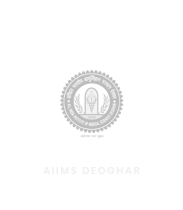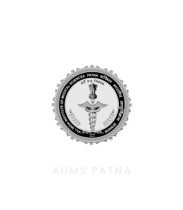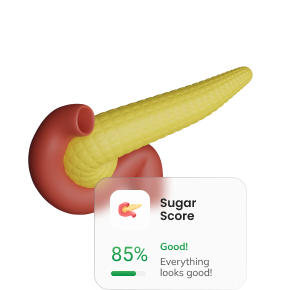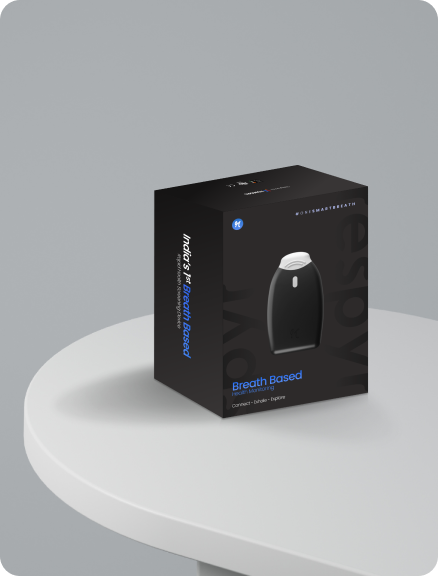Scientifically Proven
Clinical Study: 3,000+ Participants
In collaboration with leading hospitals, Respyr has been clinically tested on over 3,000 participants, achieving more than 90% accuracy in detecting conditions like high blood sugar, liver issues, and respiratory disorders.






